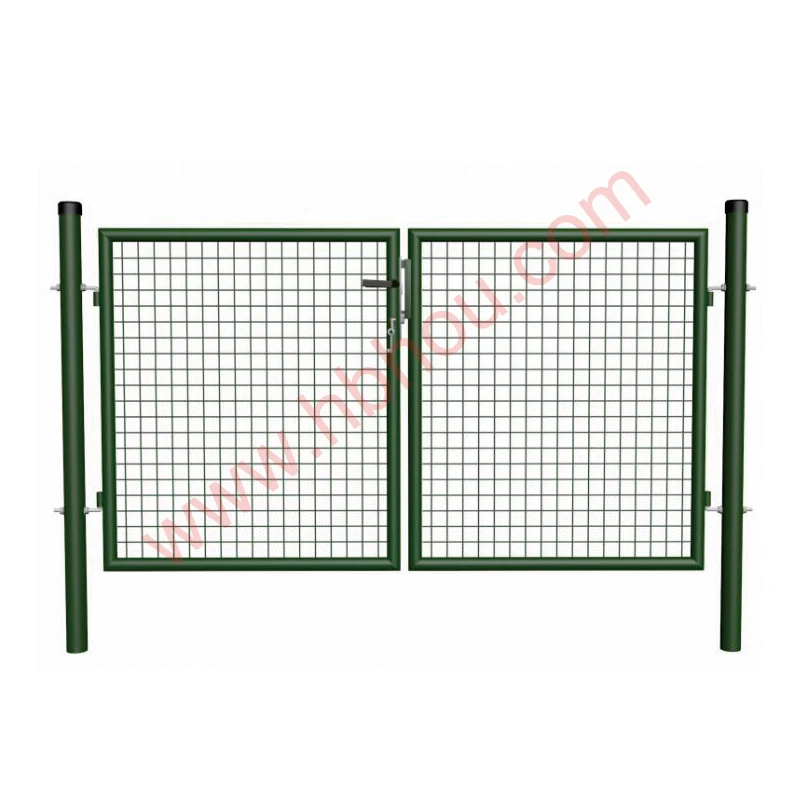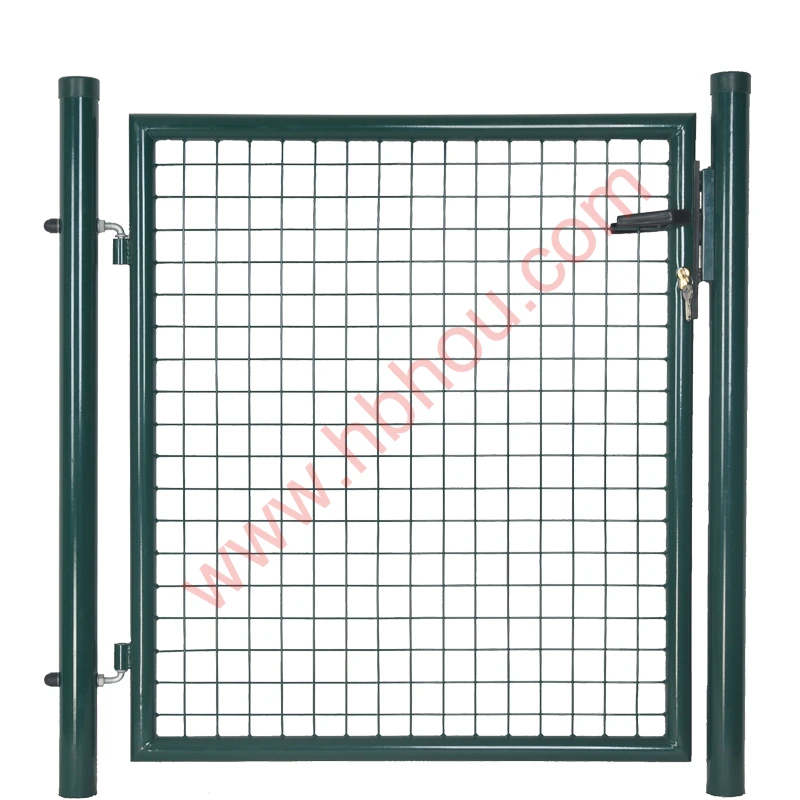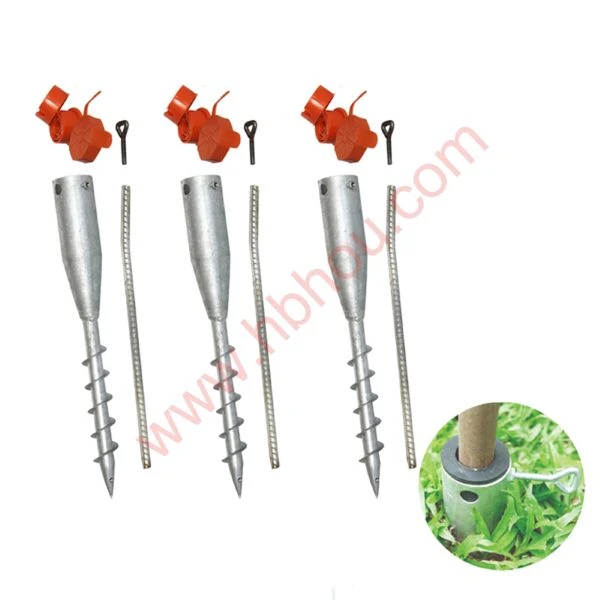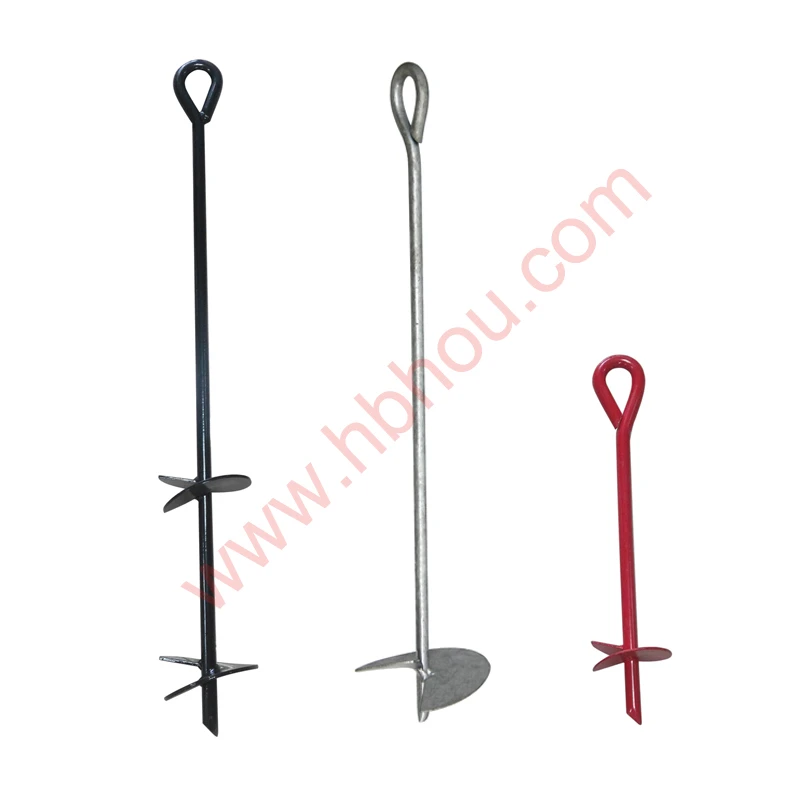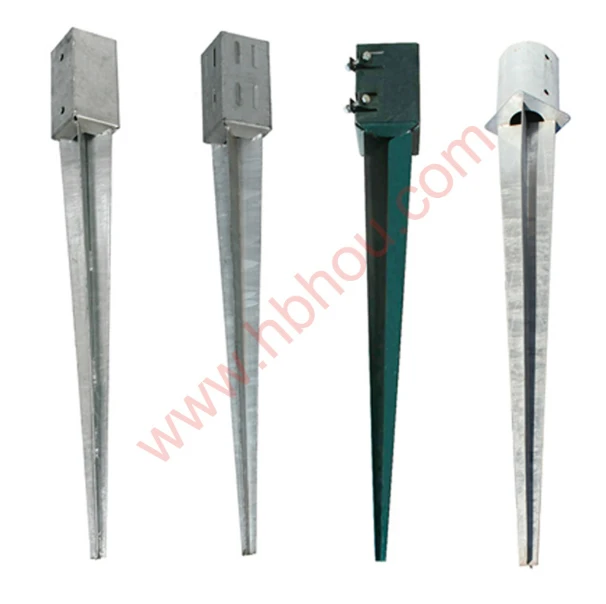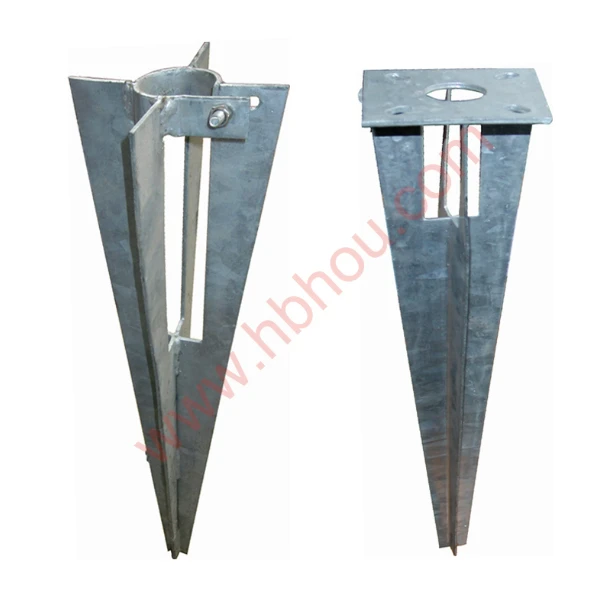The Role of Prison Fence Wire in Security and Rehabilitation
Prison fence wire serves as a critical component in the architecture of correctional facilities around the world. The primary objective of these fences is simple yet crucial to maintain security, prevent escapes, and protect both inmates and society. However, beyond its structural integrity, prison wire fencing also plays a nuanced role in the dynamics of rehabilitation and the management of incarcerated individuals.
The choice of materials and design of prison fences is typically influenced by the level of security required. High-security facilities utilize materials such as barbed wire and electrified fencing, creating formidable barriers that deter escape attempts. The physical presence of these fences instills a sense of confinement that reflects the severity of one’s actions and the consequences imposed by society. However, this deterrent, while necessary, can also contribute to the psychological state of inmates. The stark nature of barbed wire fences can serve to reinforce feelings of hopelessness and isolation, which are detrimental to the rehabilitation process.
On the other hand, lower-security facilities may employ less aggressive fencing designs, which can symbolize a level of trust and encourage positive behaviors among inmates. In these environments, the presence of prison fence wire is not solely a restriction but can also foster a sense of safety—allowing inmates to engage in programs that aid in their rehabilitation and integration back into society. This balance is essential; while security is paramount, the long-term goal of the penal system should be to rehabilitate rather than solely punish.
prison fence wire

The aesthetic and psychological aspects of prison fencing are significant as well. The appearance of a prison, heavily fenced and unwelcoming, can affect not only inmate morale but also the public perception of the penal system. Communities may feel safer with well-fortified facilities, yet the stark, oppressive design often leads to debates concerning humanity within the correctional system. A move towards more humane prison designs has seen some facilities integrate green spaces or areas visible outside the fences, attempting to soften the harsh realities of incarceration.
Moreover, advancements in technology are influencing the evolution of prison security systems. The introduction of surveillance cameras, motion sensors, and alarm systems reduces the reliance on physical barriers alone. Enhanced surveillance can create a perception of safety without the need for overly aggressive fencing. This evolution raises questions about the future of prison architecture and the role of prison fence wire in the broader scope of incarceration.
Despite the challenges inherent in designing correctional facilities, it is evident that prison fence wire is more than just a physical barrier. It is a symbol of the complex interplay between security, rehabilitation, and societal perception. As systems evolve, the design and implementation of prison fences must adapt to ensure that while they provide necessary security, they also support the goal of rehabilitation, ultimately contributing to a more effective and humane correctional system.
In conclusion, prison fence wire is a vital element of correctional facility design, serving both security and psychological functions. As we continue to reassess our approach to incarceration, the role of these fences will remain pivotal in shaping the future of criminal justice and rehabilitation efforts. By recognizing their multifaceted nature, we can better navigate the complexities of modern-day corrections.









